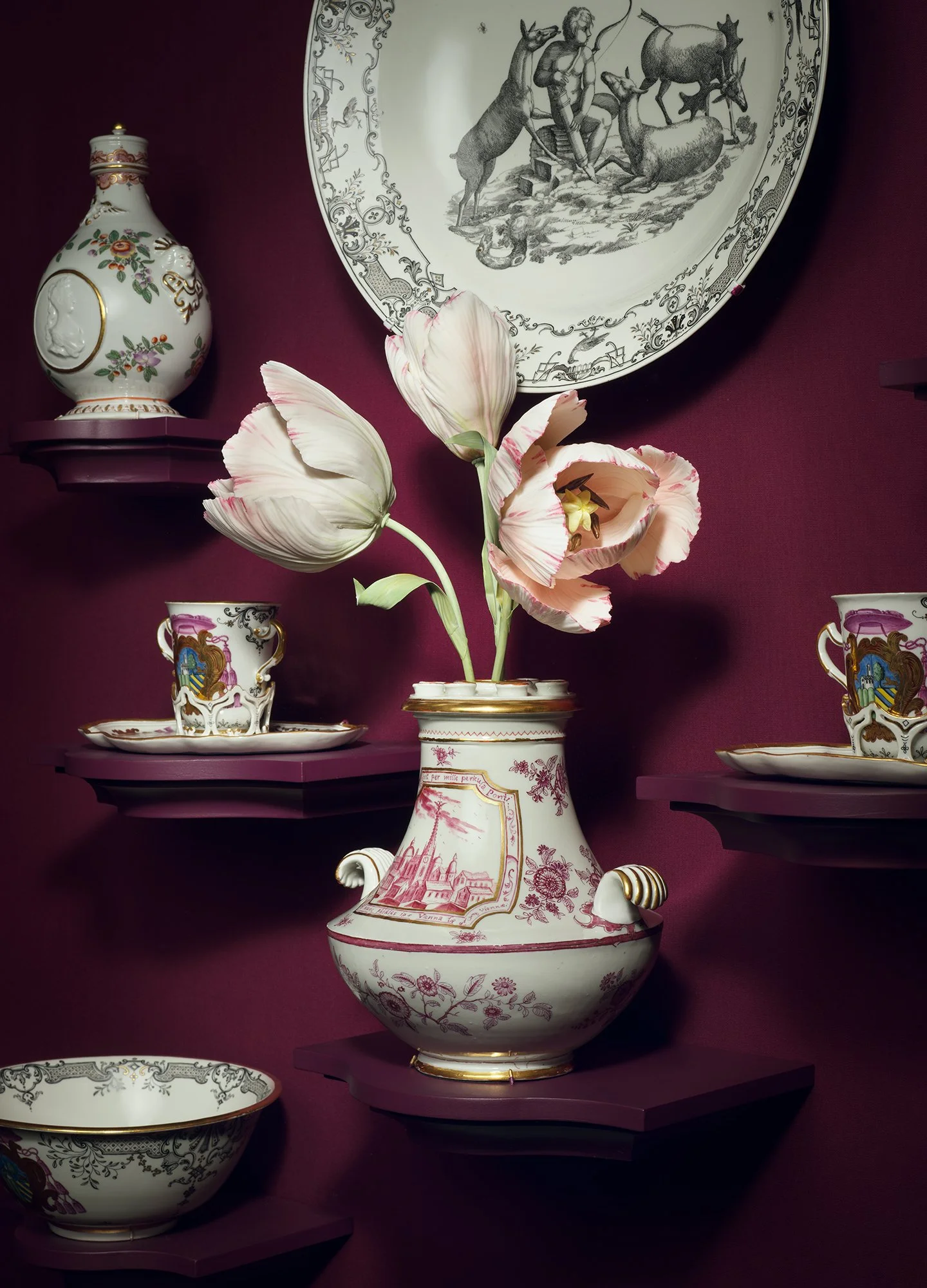ART REVIEWS by Irina Sheynfeld
NICOLAS ROERICH: THE SONG OF THE ETERNAL RETURN
This summer, I visited the Nicholas Roerich Museum, a collection of paintings and other treasures discreetly housed in an elegant limestone mansion on Manhattan’s Upper West Side. It is dedicated to the art and legacy of one of the most enigmatic, eccentric, and wildly creative figures of his time. A recent trip to Nepal had rekindled my interest in the work of Roerich (1874-1947), the acclaimed Russian artist, writer, collector, and thinker.
Accompanied by my sons Leo (23) and Michael (19), I hiked to the base camp of Annapurna. On day seven of our trek, we reached the majestic plateau surrounded by Annapurna I, Annapurna South, Machhapuchhre (Fishtail), and other peaks. At 5:30 a.m., as we watched the snowy peaks light up pink and orange high up above ultramarine-blue snow and titanium-white pearly clouds, it felt as if portals to other worlds were opening in front of our eyes. At that moment, I suddenly remembered Roerich, and I realized that his paintings formed my life-long dream to see the Himalayas.
“I TAKE ARCHITECTURE AND I TAKE SCULPTURE, AND I MAKE MY FLOWERS”: A CONVERSATION WITH VLADIMIR KANEVSKY ABOUT “PORCELAIN GARDEN”
Vladimir Kanevsky,
interviewed by Irina Sheynfeld
Everyone knows that the best time to be in the New York tri-state area is the fall. So, it was not surprising that in early September of 2025, when I was scheduled to sit down for an interview with one of the most enigmatic, inventive, and deeply cerebral artists of our time, Vladimir Kanevsky (b. 1951), the day was still warm, and the first yellow leaves were crisp against the clear blue sky. Kanevsky’s studio is located at his home in Fort Lee, New Jersey, inside a single-family red brick house which gives away none of the secrets happening inside. When I arrived, we greeted each other in Russian because we were both born in Ukraine when it was still part of the Soviet Union.
Kanevsky’s living room is overflowing with his porcelain creations, most notably speckled foxwoods, gentle lilies of the valley, and yellow dahlias. The artist’s flowers are more than lifelike; they contain mystery and poetry and are convincing enough for bees to land on their petals and for museumgoers to smell their blooms. Through November 17, 2025, Kanevsky’s exhibition Porcelain Garden is on display at The Frick Collection in New York City. The show contains sixteen works of art made from various mediums including bone china, black porcelain, soft-paste porcelain, glazes, copper, and terracotta. Kanevsky’s background is in architecture, sculpture, and the exact sciences.
We sit down in his airy white kitchen, and his wife Edita pours me fragrant green tea in a porcelain cup.




